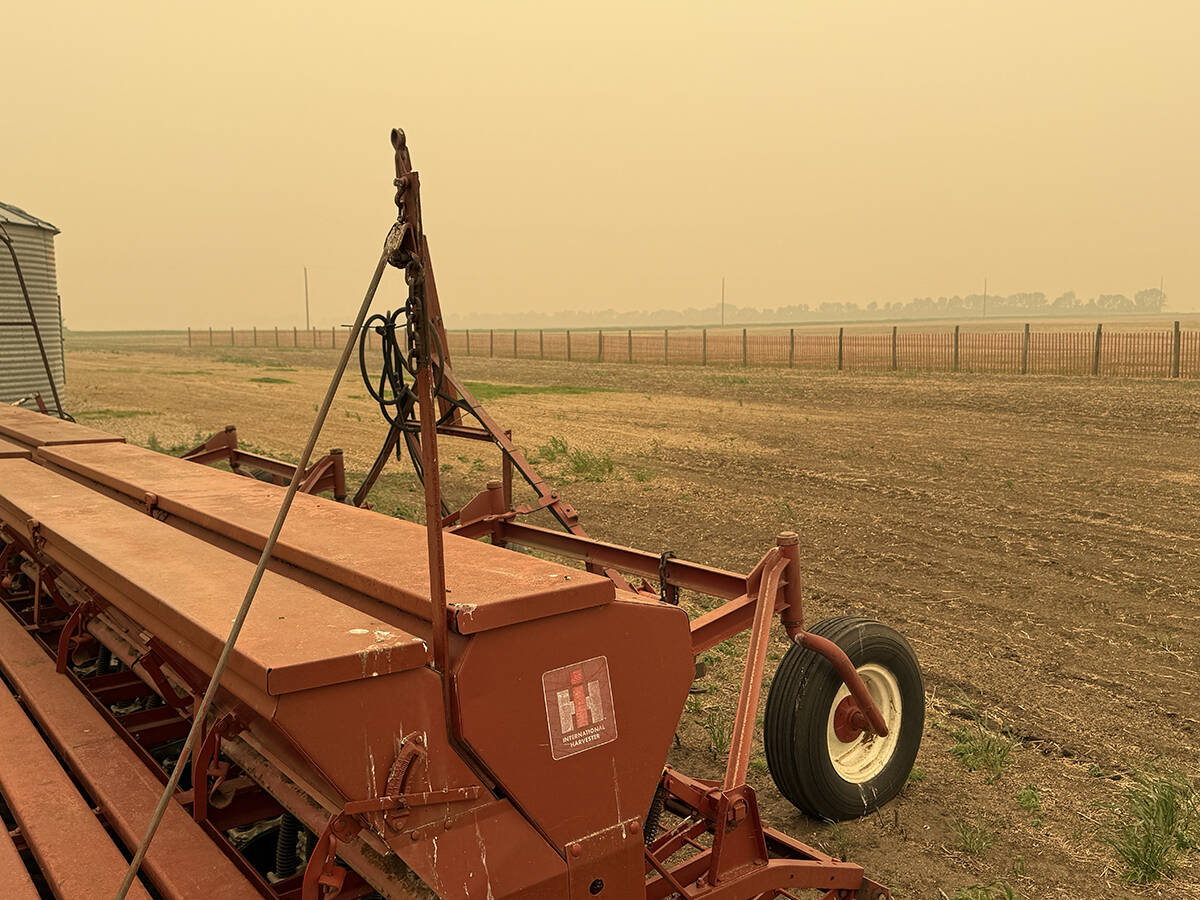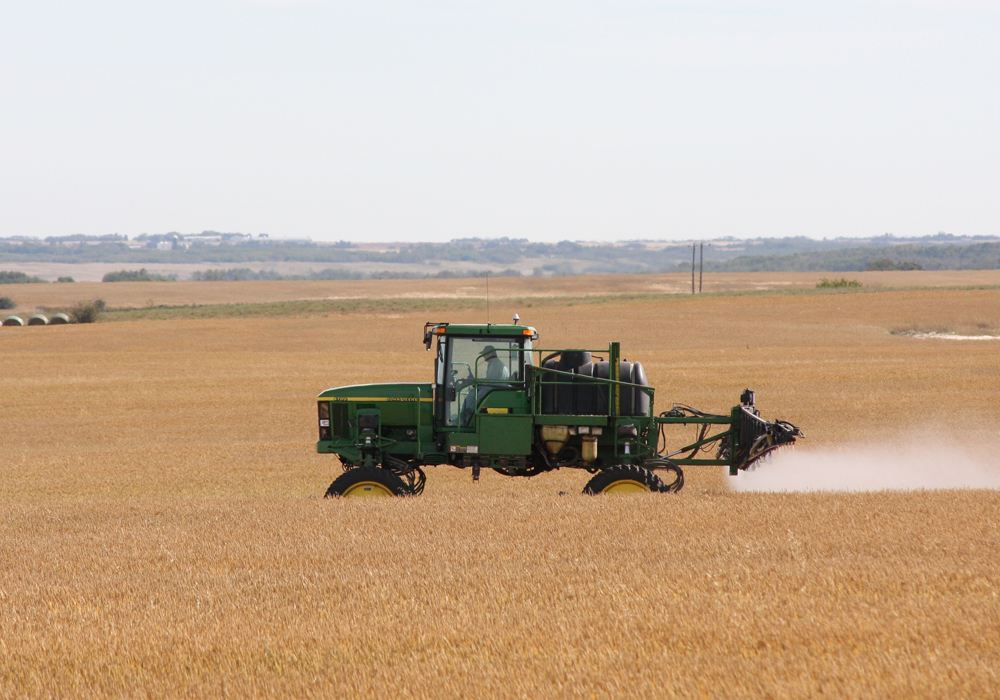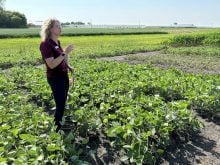The much-ballyhooed glyphosate shortage is just the first domino to fall, according to a leading crop protection company.
“The knock-on effect on basically every other herbicide molecule is starting to manifest itself,” said Cornie Thiessen, general manager of ADAMA Canada.
“We are seeing quite a domino effect in the market because of the glyphosate challenges.”
Bayer was already warning customers in late 2021 about a potential glyphosate shortage.
That warning has become a near certainty due to a manufacturing problem at the company’s plant in Luling, Louisiana.
Read Also

Wildfires have unexpected upside this year
One farmer feels smoke from nearby wildfires shrouded the July skies and protected his crop from the sun’s burning rays, resulting in more seeds per pod and more pods per plant.
“This is a really unfortunate situation,” said company spokesperson Komie Hossini.
Bayer doesn’t know how big the shortfall will be in Western Canada. The company wants to figure out those details before commenting further.
“We don’t want to create any type of panic scenario,” he said.
The upshot is that farmers are exploring other spring pre-seed burndown options to use in conjunction with lower rates of glyphosate.
“That’s creating a bit of a run on all the different modes of action for pre-seed tank mixes,” said Thiessen.
Another reason those products are in high demand is because growers want to start the season with clean fields to reduce the need for in-crop herbicide applications.
There are a variety of pre-seed chemicals that growers can mix and match depending on what crop they are planting, the problem weeds they are targeting and what products are available in their local markets.
His advice to farmers is to meet with their retail agronomist as soon as possible, hash out a plan and check on product availability.
Growers may be in for a bit of sticker shock when it comes to cost.
The price for Roundup RT 540 has increased 225 percent to more than $13 per litre from just under $6 per litre in the fall of 2019.
The cost of other herbicides is up anywhere from six percent to the high teens year-over-year, said Thiessen.
In terms of supply, the most worrisome issue he sees on the horizon is in-crop broadleaf control of weeds in cereal crops.
“That problem hasn’t become a big public story yet but that’s also an area where there’s going to be significant challenges getting the supply farmers need,” he said.
Corteva is the market leader in that segment of the business, followed by ADAMA.
Farmers typically use mixtures of Group 4 products like fluroxypyr, 2,4-D, MCPA and clopyralid and Group 6 products like bromoxynil to combat broadleaf weeds in cereal crops.
“The market is quite short on solutions for this segment, with MCPA and 2,4-D shortages a key driver,” said Thiessen.
ADAMA is attempting to address the gap by producing its own MCPA for the first time ever using its plants in Israel and increasing 2,4-D production at its plant in Colombia.
“But we feel we’ll only be able to close part of the volume gap in the market this season,” he said.
“It will require a lot of creativity by retailers to put together solutions.”
Other in-crop products caught up in the domino effect are grassy weed control products, particularly clethodim, which is going to be increasingly used to replace glyphosate in burndown mixtures around the world.
That practice is not recommended in Canada due to the cooler temperatures.
Demand for clethodim in Canada will be high regardless due to the anticipated increase in LibertyLink canola acres at the expense of Roundup Ready canola, he said.
Clethodim is typically used in conjunction with glufosinate in LibertyLink production systems.
“We sell a pretty significant volume of clethodim into the marketplace in Canada and there certainly is more demand than we will have supply,” said Thiessen.
Mark Shillingford, director of marketing with BASF Canada, recently told Real Agriculture that farmers need not worry about Liberty availability in 2022.
BASF produces the product in Canada and has made upgrades to its Regina facility.
Thiessen thinks glufosinate supplies will be tighter than BASF is indicating. Retailers have approached ADAMA about bringing in product from its manufacturing plants around the world because they are worried about a shortage.
Herbicides are getting most of the attention but growers also need to watch out for a shortage of insecticides, because inventories at the end of 2021 were at historic low levels.
Supplies of desiccants, particularly diquat, are also tight due to heavy demand for the product in South America.
Fungicide inventories finished high in Canada due to last year’s drought but if there is good moisture in 2022, it will be tough for the industry to respond with enough volume in time due to ongoing problems with global logistics, said Thiessen.
















